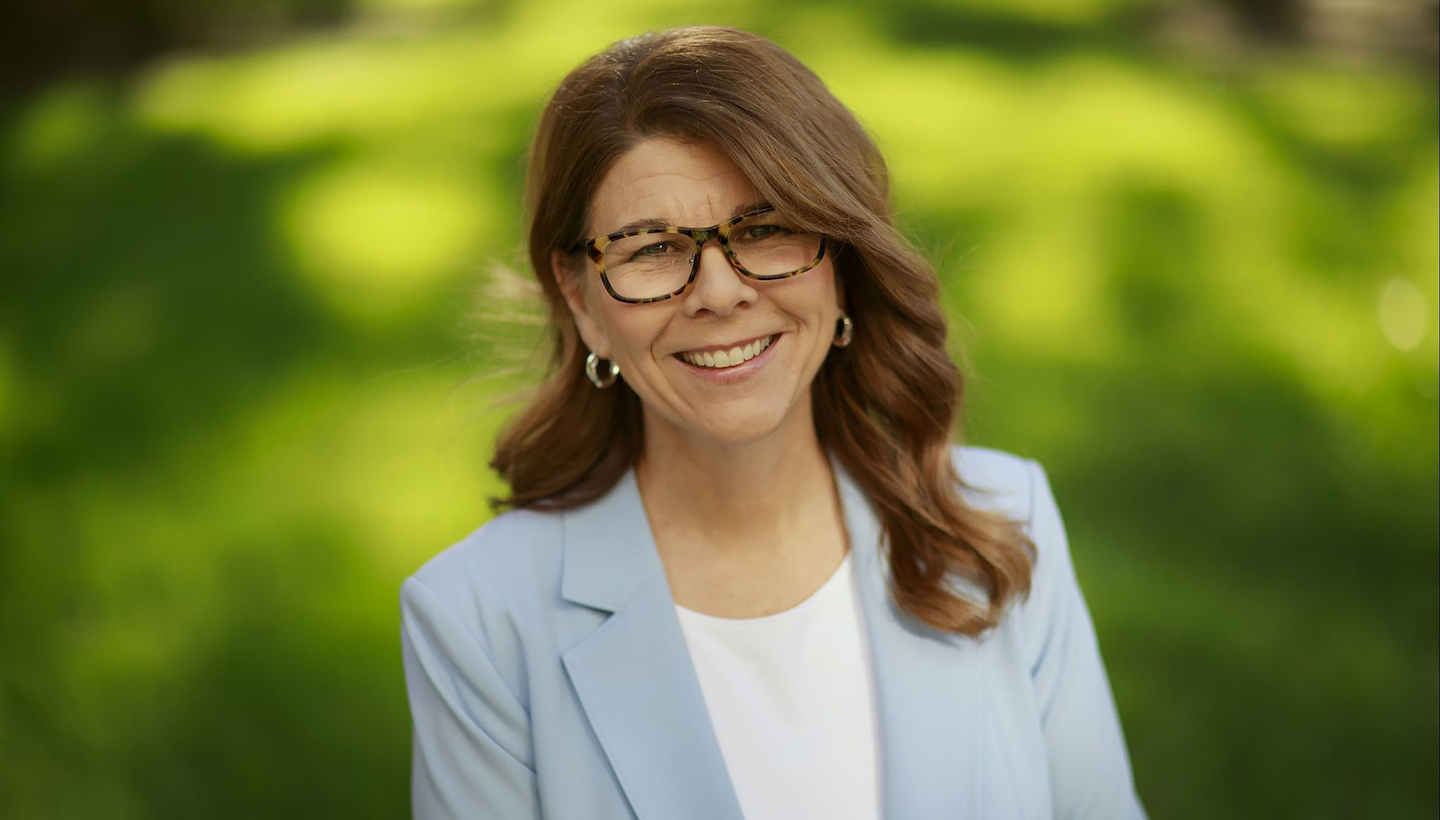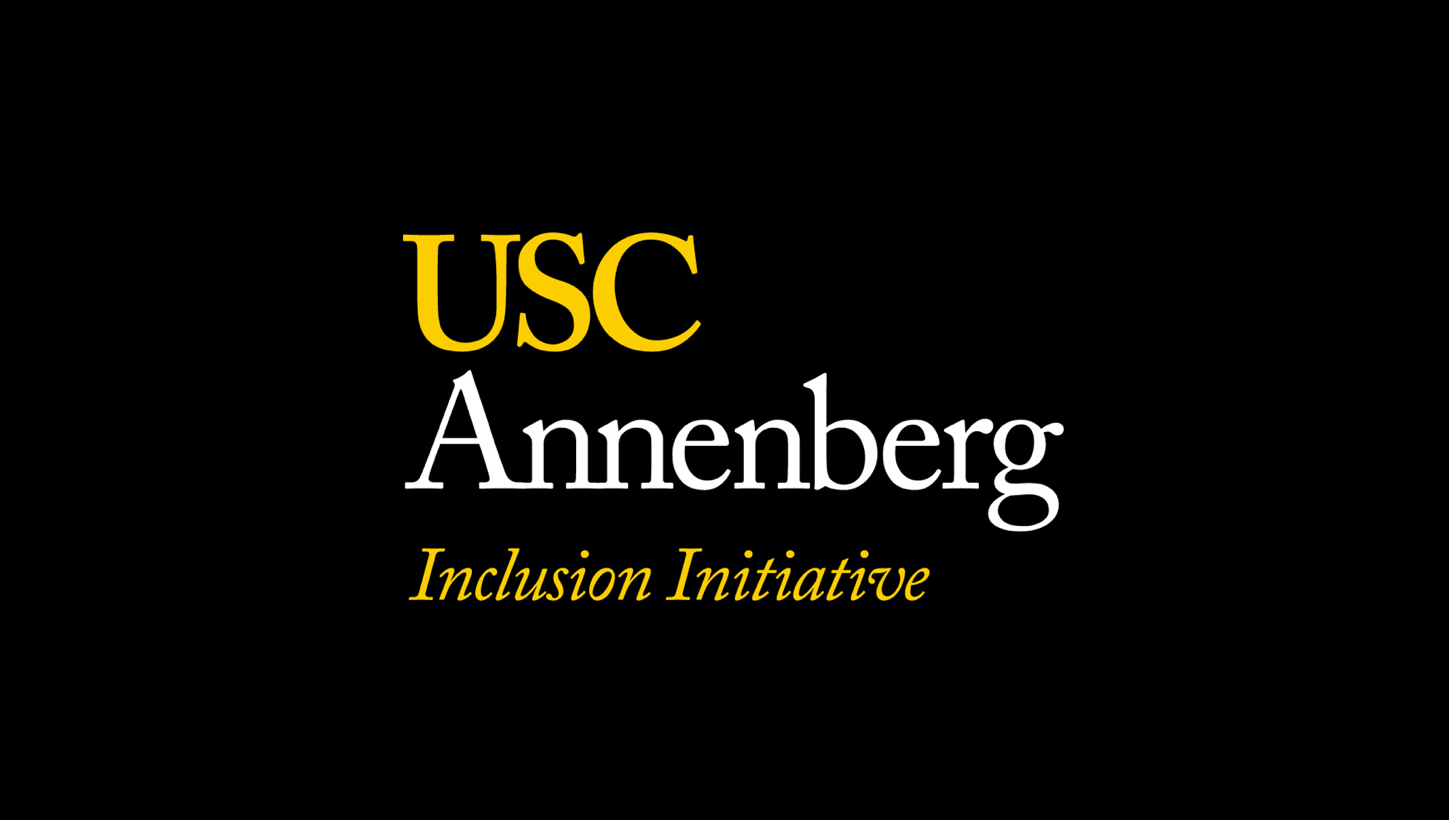
Each year, the team at the USC Annenberg Inclusion Initiative (AII), led by Dr. Stacy Smith, takes a look at the numbers of women in music—both behind the scenes and on the charts. The result is an annual study we are proud to underwrite. Together, we recognize there is so much more to be done when it comes to the inclusion of women and nonbinary creators within the music industry.
Amplifying underrepresented voices is at the core of our work at Spotify. Over the past few years, we’ve launched several initiatives like Frequency, NextGen, SoundUp, and GLOW, each of which promotes a diverse roster of artists, songwriters, and podcasters on our platform. Our global EQUAL music program, which is dedicated to promoting and elevating women artists around the world, has enabled us to support over 700 women in 35 countries since March 2021.
Our work is informed by our partners at the USC AII, and particularly, Dr. Stacy Smith. As the founder of the USC AII—the leading global think tank studying issues of inequality in entertainment—Dr. Smith is the foremost disrupter of inequality in the entertainment industry. She’s also a founding member of our Safety Advisory Council.
The report outlines why women need to help and be supportive of other women through mentorship programs, amplification opportunities, and other confidence-building activities. This is the fourth consecutive year Spotify has funded the study, and we’re committed to continuing to learn and understand, and to work toward a more equitable industry. But don’t just take it from us—read on for Dr. Smith’s observations and recommendations.
How would you define representation?
In light of the research we do, representation focuses on prevalence as well as the nature of how groups are presented in the media. For music, specifically, we are examining who receives access and opportunity to specific key positions.
Your research examines inclusion of gender, race/ethnicity, the LGBTQIA+ community, people with disabilities, and mental health in storytelling across film, TV, and digital platforms. What do you see across the board when these groups are not represented, or are underrepresented?
We see storytelling that fails to depict the reality of the world where we all live. We are missing critical stories and points of view from dynamic and vibrant communities. A lot of our work has shown negative tropes and stereotypes still occur far too frequently when it comes to gender, race/ethnicity, the LGBTIQ+ community, people with disabilities, and mental health.
The Annenberg Inclusion Study, which Spotify partners on, relates to women in the music industry. What are the encouraging trends you’re seeing? What more needs to be done?
There is only one encouraging trend: The percentage of women artists increased in 2022 in comparison to 2021. That said, it is still abysmally low.
People need to hire women songwriters, producers, and engineers. That’s it. Until that happens, the numbers will not change. Ultimately, what is needed to create change is for labels to sign, promote, market, and hire women and gender nonconforming people from all backgrounds as artists, songwriters, and producers.
Is there anything notable in the latest gender in music report that you’d like to call out?
The Recording Academy’s efforts on women in the mix have made absolutely no difference in the lives of women producers or engineers. The solution isn’t gimmicks or publicity grabs. It is people understanding that women songwriters and producers have talent but they are not given the same access and opportunity as their male peers.
What would you like to see Spotify doing more of? Less of?
Spotify, along with all the industry, can showcase the work of talented women songwriters and producers to facilitate opportunities. Making sure that listeners can experience songs written and produced by women—and performed by women, too.
Listen to women at full volume on our global EQUAL playlist.









Recent Comments